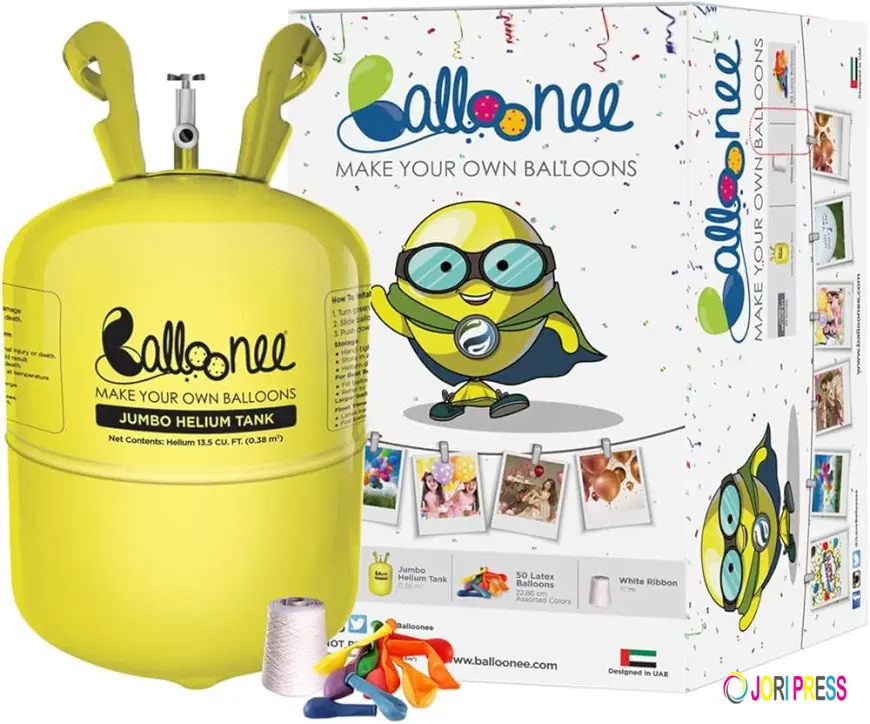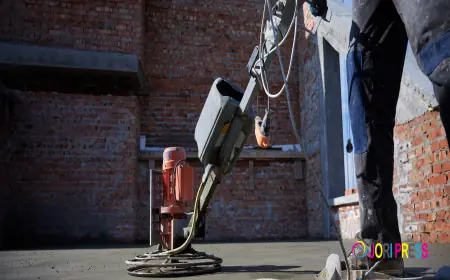The Ultimate Guide to Helium Tanks: Everything You Need to Know Before Buying

Helium tanks have become an essential part of modern celebrations, event planning, and even industrial use. Whether you’re inflating hundreds of balloons for a birthday party or using helium for laboratory experiments, choosing the right tank is crucial for efficiency, safety, and cost-effectiveness. This comprehensive guide will walk you through everything you need to know before buying a helium tank—from understanding its types and sizes to safe handling practices and maintenance tips.
What Are Helium Tanks?
A helium tank is a pressurized container designed to store helium gas safely. Helium is a non-flammable, non-toxic gas that is lighter than air, which makes it ideal for inflating balloons and for various scientific, industrial, and medical applications. Because helium is a finite natural resource, managing its use responsibly through proper tank selection and maintenance is more important than ever.
Types of Helium Tanks
When it comes to helium tanks, one size doesn’t fit all. Depending on your needs, you can choose from several types of tanks—each with specific benefits.
1. Disposable Helium Tanks
Disposable tanks are lightweight, portable, and convenient for small-scale events. They are pre-filled with helium and designed for single use. Once empty, these tanks should be properly recycled according to local regulations.
Best for: Home parties, small gatherings, or quick one-time events.
2. Refillable Helium Tanks
Refillable tanks are made from durable materials like steel or aluminum and can be refilled multiple times. These are often used by event planners, decorators, and businesses that need a steady helium supply.
Best for: Frequent users, professional decorators, and business events.
3. Industrial Helium Tanks
These large-capacity tanks are designed for high-volume use in laboratories, manufacturing units, and medical facilities. They’re built to withstand high pressure and come with advanced regulators for precise gas control.
Best for: Industrial and scientific applications.
Choosing the Right Helium Tank Size
Tank size plays a vital role in determining how many balloons or applications a single tank can support. The size you need depends on the scale of your event or purpose.
| Tank Size | Approx. Volume (Cubic Feet) | Balloon Capacity (9-inch) |
|---|---|---|
| Small (Disposable) | 8–14 | 25–50 balloons |
| Medium | 20–50 | 100–250 balloons |
| Large | 100–250 | 500–1,000 balloons |
| Industrial | 250+ | 1,000+ balloons |
For a small party, a disposable tank may suffice, but for weddings or corporate events, investing in a refillable tank can save time and money.
Key Factors to Consider Before Buying
Buying a helium tank isn’t just about price or size. Several factors can affect performance, safety, and convenience.
1. Purpose and Usage Frequency
If you only need helium occasionally, a disposable tank may be enough. But if you’re using it regularly, refillable tanks are more economical and environmentally responsible.
2. Pressure Rating
Helium tanks are rated based on the amount of pressure they can hold, typically measured in PSI (pounds per square inch). Always check the pressure rating to ensure it meets your usage requirements.
3. Portability
If you plan to move the tank frequently between locations, look for smaller, lightweight options with handles or wheels.
4. Regulator Compatibility
The regulator controls the helium flow from the tank to the balloon nozzle or equipment. Ensure the tank you buy includes a compatible regulator or that you purchase one separately.
5. Safety Certification
Only buy helium tanks that meet certified safety standards. Check for labeling that indicates compliance with gas cylinder safety regulations in your region.
Safe Handling and Storage of Helium Tanks
Helium is a safe gas, but because it’s stored under high pressure, the tanks require careful handling and storage.
Handling Tips:
-
Always keep the tank upright to prevent leaks or regulator damage.
-
Never attempt to repair a damaged tank yourself.
-
Avoid exposing the tank to high temperatures or direct sunlight.
-
Do not use helium for inhalation—it can cause serious health issues due to oxygen deprivation.
Storage Guidelines:
-
Store tanks in a well-ventilated area away from heat sources.
-
Use a stable base or stand to prevent tipping.
-
Keep the valve tightly closed when not in use.
-
Label tanks clearly if you have multiple gases stored in the same space.
By following these simple practices, you ensure not just your safety but also the longevity of your helium tank.
How to Use a Helium Tank for Balloons
Inflating balloons may seem simple, but using a helium tank correctly ensures efficiency and safety.
-
Attach the Regulator: Securely connect the regulator to the tank valve.
-
Open the Valve Slowly: Turn the valve counterclockwise to release helium gradually.
-
Insert the Balloon: Slide the balloon’s neck onto the nozzle.
-
Inflate Carefully: Press the nozzle to fill the balloon to the desired size.
-
Tie Off or Seal: Once filled, remove the balloon and tie or seal it immediately to prevent leakage.
Pro Tip: Use a balloon sizer or template to achieve consistent sizes for professional-quality decorations.
Maintenance and Refilling Tips
If you’re using a refillable helium tank, proper maintenance ensures you get the most out of your investment.
-
Regular Inspections: Check for rust, dents, or leaks before every use.
-
Professional Refills: Only refill your tank through authorized helium suppliers to ensure purity and correct pressure levels.
-
Replace Worn Parts: Over time, replace valves or regulators showing signs of wear.
-
Proper Disposal: Empty or damaged tanks should be disposed of or recycled according to local regulations.
Environmental Considerations
Helium is a limited resource extracted from natural gas reserves. Because it’s non-renewable, it’s essential to use helium responsibly. Refillable tanks help reduce waste, and many modern systems now focus on efficient usage to minimize helium loss. Recycling old tanks and opting for sustainable practices can make a positive environmental impact while meeting your gas needs.
Common Questions About Helium Tanks
Q1. Can I store helium tanks in my car or indoors?
Only for short durations. Extended exposure to heat can increase internal pressure, making it unsafe. Always store tanks in cool, ventilated spaces.
Q2. How long does helium last inside balloons?
Latex balloons typically float for 8–12 hours, while foil balloons can last for days. Using a sealant can extend their float time.
Q3. Is it safe to inhale helium for fun?
No. Inhaling helium displaces oxygen and can cause fainting, lung damage, or even suffocation. It’s extremely dangerous.
Q4. Can I refill a disposable helium tank?
No. Disposable tanks are not built for refilling and could explode if pressurized again.
Cost Overview
Helium tank costs depend on size, capacity, and refillability. Disposable tanks are affordable but limited, while refillable tanks involve an upfront cost but offer long-term savings. Industrial tanks cost more due to higher pressure ratings and advanced safety features. It’s best to estimate your helium needs per event to choose the most cost-effective option.
Conclusion
Helium tanks are indispensable tools for anyone involved in event planning, scientific research, or industrial operations. Understanding the different types, capacities, safety measures, and maintenance practices will help you make an informed purchase. Always prioritize safety, invest in quality equipment, and use helium responsibly to get the best results every time.
What's Your Reaction?
 Like
0
Like
0
 Dislike
0
Dislike
0
 Love
0
Love
0
 Funny
0
Funny
0
 Angry
0
Angry
0
 Sad
0
Sad
0
 Wow
0
Wow
0

















































